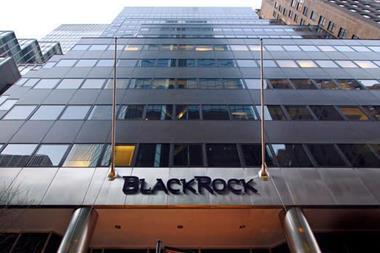BlackRock’s research arm has incorporated climate change mitigation into its capital market assumptions, saying the move was one of the set of actions the asset manager was taking to prepare investors for the transition to a net-zero world.
Climate change and policies to combat it flow through its capital market assumptions via three main channels: a macroeconomic impact, the repricing of assets to reflect climate risks and exposures, and the impact on corporate fundamentals.
In macro terms, BlackRock Investment Institute (BII) is estimating that an orderly low carbon transition could result in a cumulative output gain of nearly 25% by 2040 relative to a scenario with no action taken to tackle climate change.
Jean Boivin, head of BII, said that discussions of climate change were often framed as a trade-off between saving the environment and hurting the economy, and that this was wrong.
“It’s rooted maybe in a world where climate change doesn’t exist or we hope it doesn’t exist, but from the moment it exists the two options we are contemplating are either there is a transition or it’s business-as-usual and we see the damage of climate change,” he told journalists yesterday. “In that context the transition is a positive to growth.”
In a paper about its new return expectations, BII said that assuming a likely hit to global growth from climate change “creates a more realistic starting point for looking at the future”.
BII’s “climate-aware” capital market assumptions lead to a change in its sector and asset views. Its preference for developed market equities has become stronger, at the expense of high yield and some emerging market debt.
This is because of the composition of developed market equity indices, with large weights of technology and healthcare companies, less vulnerability to transition risks and lower carbon intensity. BlackRock also said equities could better capture potential opportunities of the green transition, as bonds are capped in their capital appreciation.
According to Bouvin, BII has calculated that the climate transition dynamic could imply a spread of as much as 7% between sectors that are best-aligned versus those that are least well-aligned.
“The bottom line of this is that this is really a sectoral story that we need to reflect in portfolios, and it’s significant,” he said.
More about BII’s new climate-aware capital market assumptions can be found here.























No comments yet